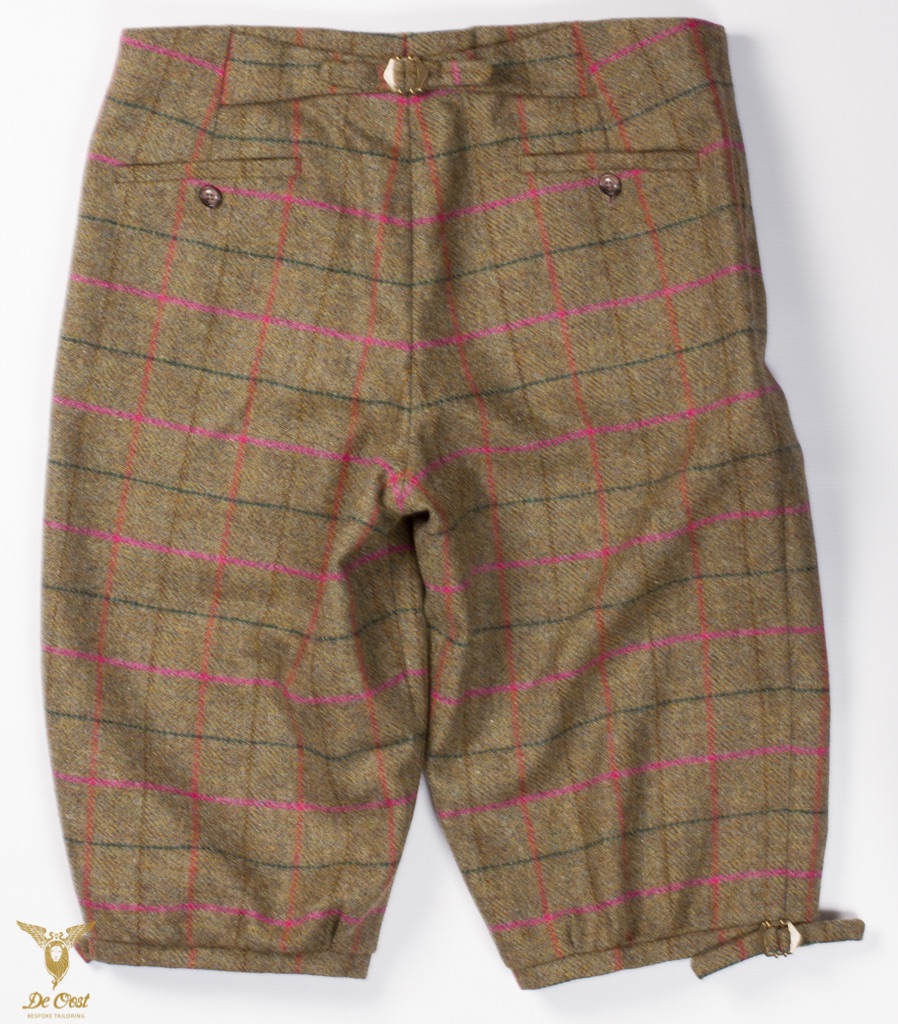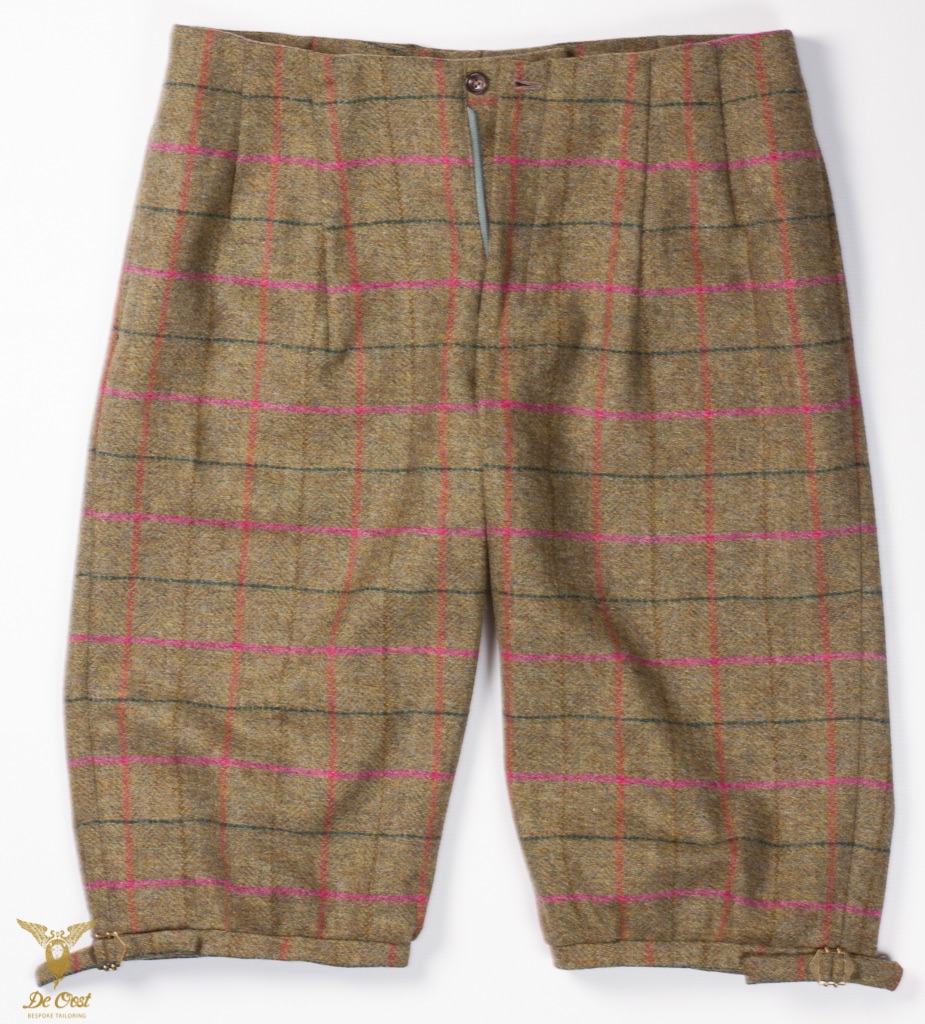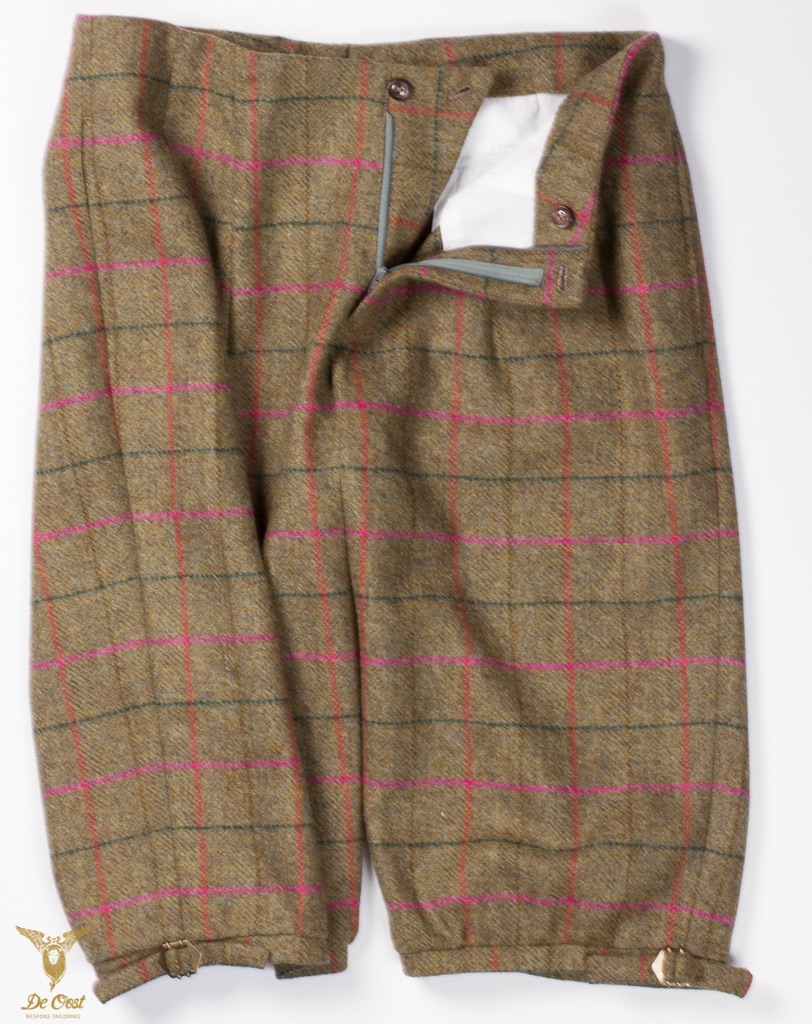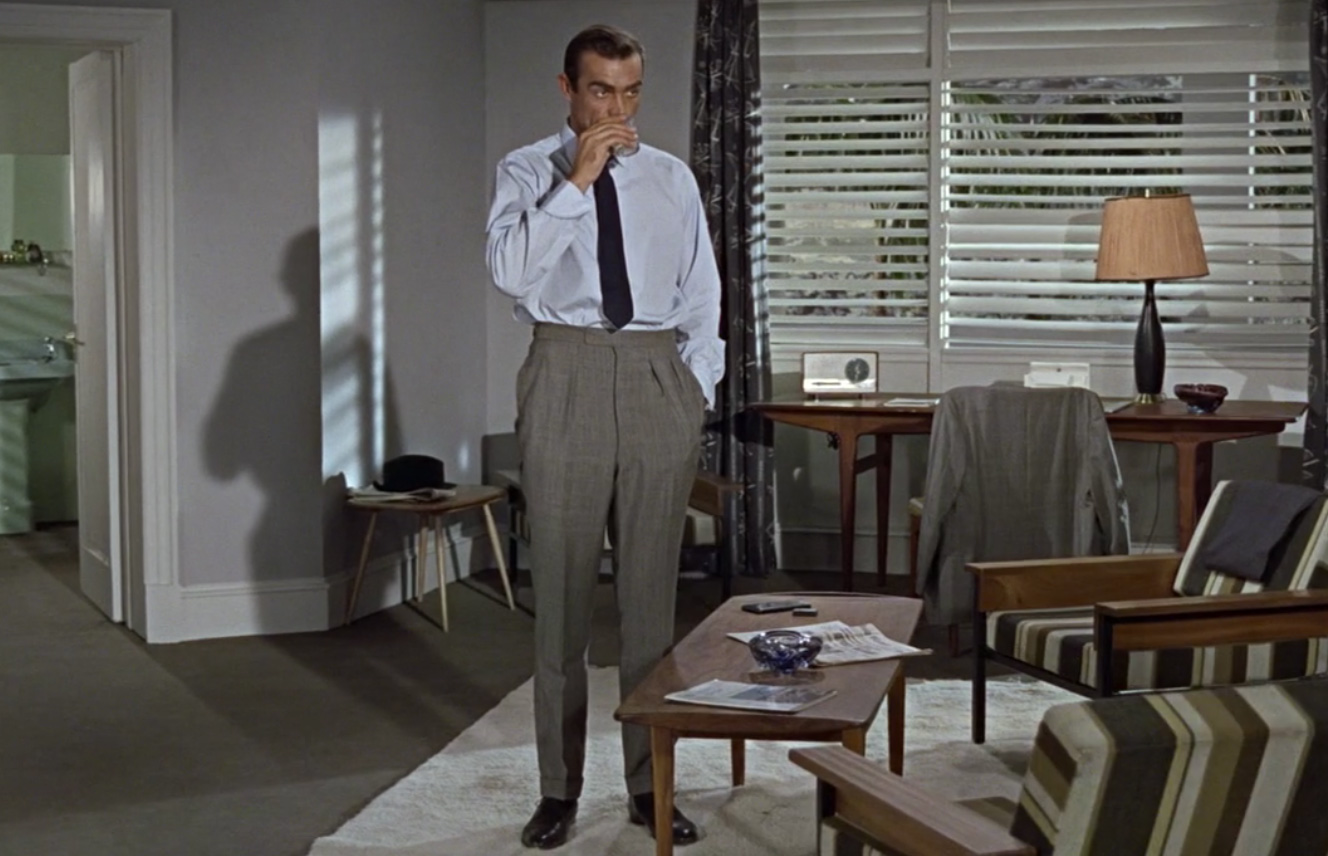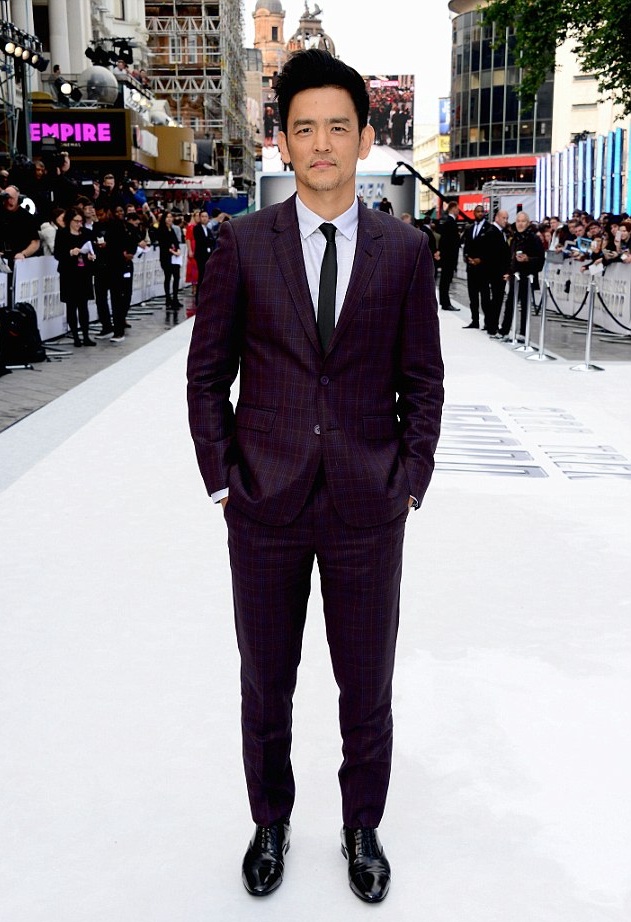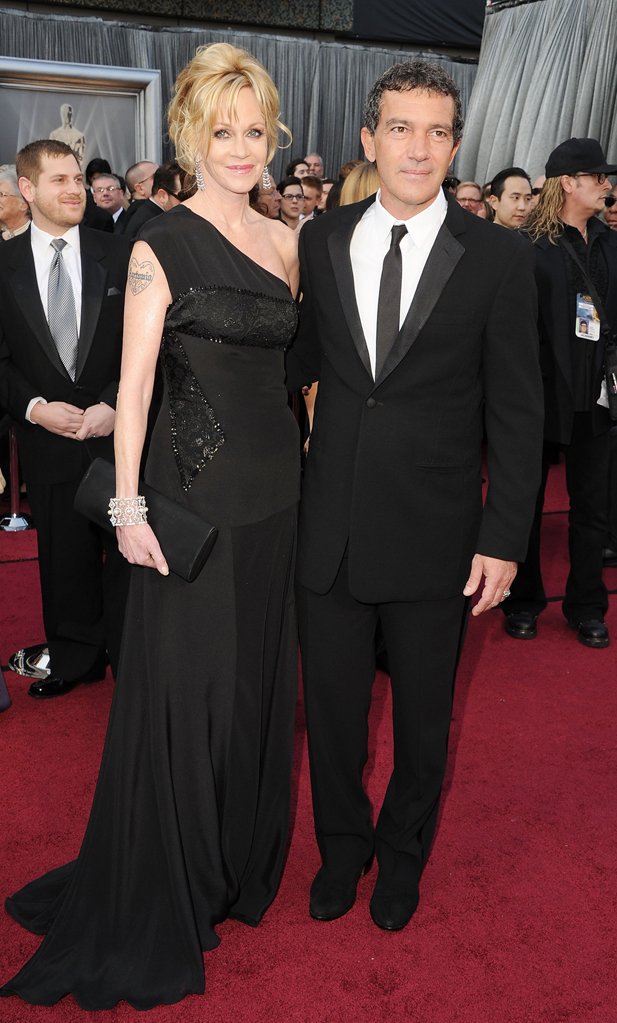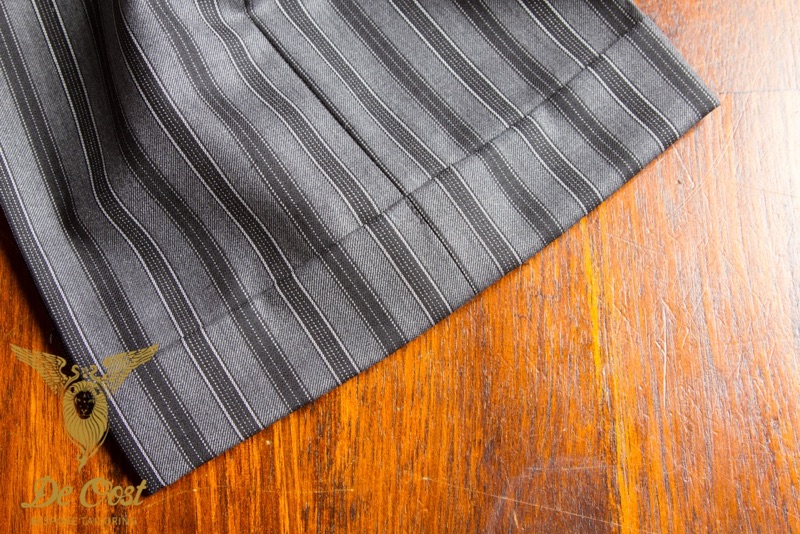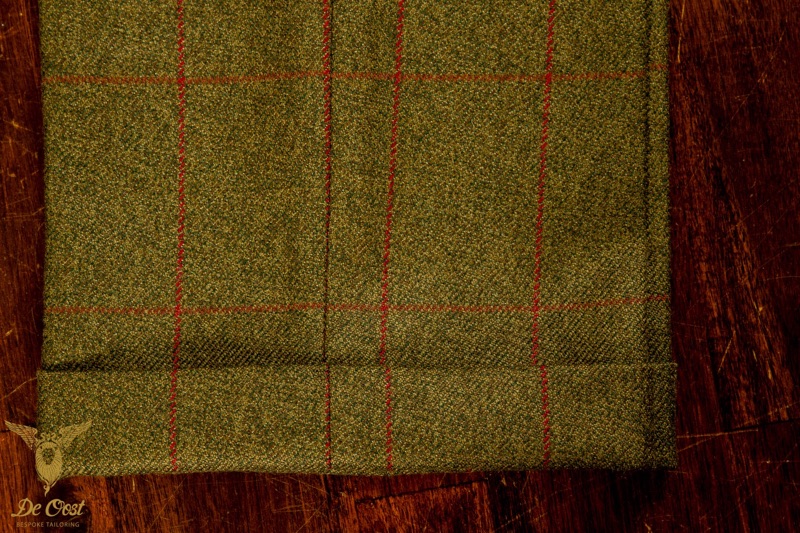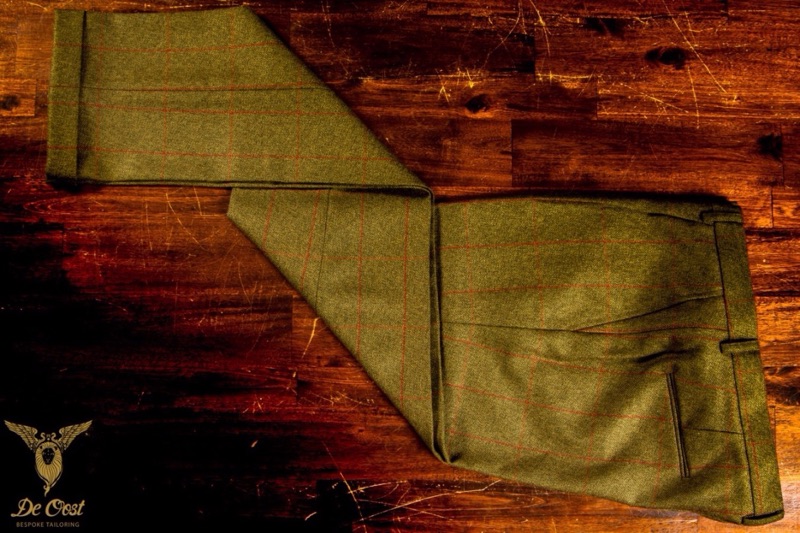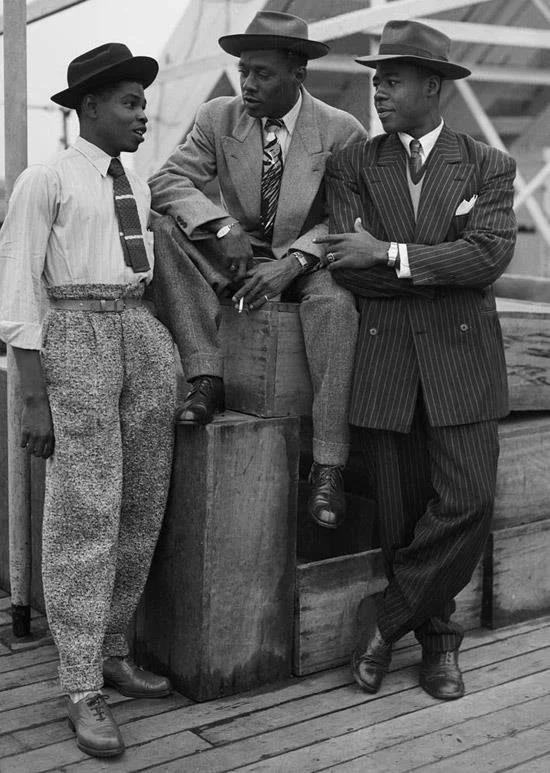It seems like jeans are the go to pants for covering one’s legs, even paired with sports coats for semi-casual situations. Comfort and casualness are pointed to as the reasons the once rebellious jeans have made such an arrival on the sartorial scene. But there is a more stylish and perhaps just as comfortable alternative to the jeans: the humble trousers.
George Bryan Brummell, also known as Beau Brummell, in his later years, wearing full length trousers.
Trousers are the more traditional alternative to jeans when it comes to semi-casual and formal wear. Ever since Beau Brummel donned the first pair of modern full-length trousers centuries ago, the trouser has been worn by men of differing backgrounds, social standings, economic classes and political ideologies around the world and across the decades. The trouser is truly a garment that binds men together. It is the article for every man, for trousers lend themselves to be tweaked, adjusted, shortened and changed according to the individual’s needs. De Oost is a bespoke tailor, so if it is a different type of trousers, a plus-fours for example, that you desire, we can make it for you too.
Men’s Trouser Styles
And like everything else, there have been countless different styles of trousers. However, today there are two main styles that focus primarily upon the front: first, the flat front trouser and second, the pleated trouser.
The more traditional and stylistic pleated trousers have pleats of material that fold down the front from below the waistband on either side of the fly. Personally, I believe these pleats look great and add a touch of style while giving my hips and legs extra room and freedom to move. Pleated trousers are perfect for the business setting where more traditional styles are acceptable, though they can be worn for nearly every occasion.
Sean Connery, as James Bond, wearing grey pleated trousers.
The flat front, while a very old style, has been adopted by fashion-setters as the new and hip style of trousers, often worn low on the hips. Unlike the pleated trousers, flat front trousers lack any sort of pleats down the front. The clean lines of flat front trousers lend themselves to be worn with fitted jackets and sleek accessories and are popular with younger trouser wearers, though flat front trousers can effectively be worn by anyone who desires. Flat front pants are considered to be a continental European tradition and cuffs are of Anglo-American origin. Although these may sound like obscure details, mixing these two styles is fairly obvious to well-dressed gentlemen and should be avoided.
Trouser Cuffs / Turnups
Another stylistic consideration that must be taken into view is trouser cuffs (or the lack thereof). A cuff is an upturned flap of material that goes all the way around the leg hem. A cuff requires extra material to create and therefore adds more weight to the trouser leg, making the trousers hang and drape very well from the wearer’s body.
This cuff serves the basic purpose of protecting pants from fraying or any other kind of damage from wet and muddy conditions. Although King Edward VII is considered the originator of the traditional cuffed pant in the 1890s, they became an American standard in the early 20th century. Since then, cuffed pants remain a mark of quality in bespoke tailored pants as well as off-the-rack pants. They should be regarded as a stylish embellishment to a properly fitted pair of pants, but also as a helpful tool in accentuating individual features. Remember, cuffed pants are definitely considered the dressier option when wearing a standard suit or the odd trouser, but they are not to appear on black-tie tuxedo pants.
Grey Morning stripe trousers with fishtail and cuffs.
Cuffs can be made in a variety of depths, anywhere from one inch to two inches though these are merely general boundaries. A 1 ½” deep cuff is considered to be a good middle point. Cuffs are a traditional style and, as you’ll find out below, may be a requirement depending upon the style of trouser that is chosen.
Cuffs must be made on trousers with pleated fronts. This is a requirement that not only has a long tradition but balances out the trousers, keeping the trousers from being too busy on top. However, flat front trousers can be made with or without cuffs, though traditionally cuffs are preferred.
Cuffs In Relation to Height
The cuff of quality made pants should be subtle no matter what height the wearer stands.The proper width of trouser cuffs should be 1 ½ inch (3.81 cm) for a man under 5 ft 10 (177.80 cm) and 1¾ inch (4.44 cm) if taller. If the wearer does not consider himself to be tall or does not mind appearing taller, he should consider this when opting for cuffs. The line of the top of the cuff around the ankle encroaches the long line of the leg. This can make a man be perceived as slightly shorter.
If the wearer absolutely needs all the height he can get, no cuffs is the best option. Some consider not opting for cuffs due to short stature is outdated advice. If cuffs are the preferred choice for the shorter man, opt for a 1¼” cuff width instead of the conventional 1 1/2″ cuff. When having a tailor make cuffless pants, the bottoms should be slanted so that the hem rests lower on the top of the shoe heel. In the following video I tell you how these slanted bottoms work out.
What style of trousers you choose depends partly upon personal preference and partly on body type.
A Man’s Body Type and Trouser Selection
Body type can play an important role in choosing trouser styles. While skinny, long legged men can effectively wear both the flat front and pleated trousers, portly or shorter men must be more careful when picking a style. Depending upon individual body shape, larger men may want to avoid pleated trousers as the extra bulk of the pleats could add extra pounds of visual weight.
Try on the two different styles of trousers and see which you prefer the most. Once you do pick out your favorite style, it’s time to know how to wear them.

